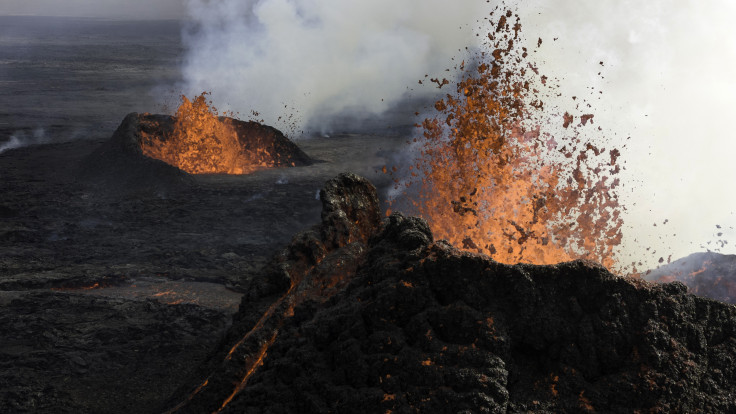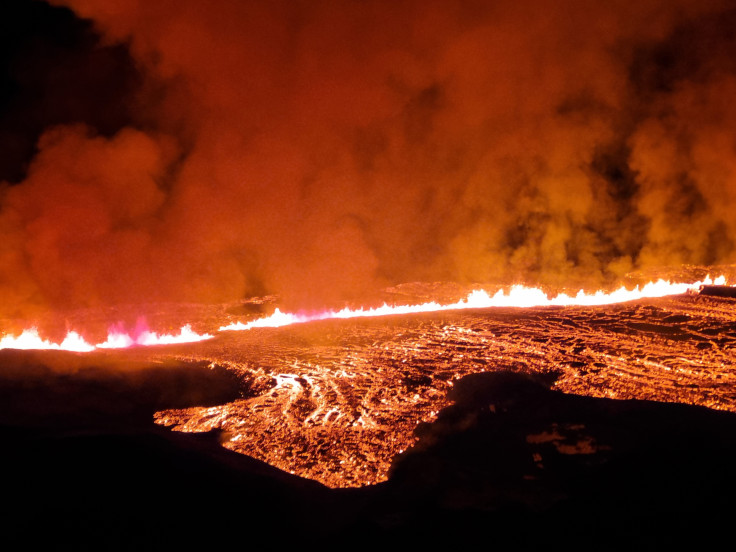
Areas with intense volcanic activity such as Iceland, have the potential to create "supercharged" geothermal energy, according to volcanologists and engineers.
One of those regions that's getting a lot of attention is the Reykjanes Peninsula, where volcanic activity has been dormant for the last 800 years.
This location is near the capital city of Reykjavik and is one of the most densely populated parts of Iceland.
Officials at the Krafla Magma Testbed want to do something groundbreaking–i.e., drill into a magma chamber and harness its extreme, 1,800 Fahrenheit degree heat for sustainable energy, CNN reported.
Krafla is one of the hottest geothermal fields in the world. Through this process, the goal is to make clean electricity at up to ten times faster than traditional geothermal systems. If the process actually works, magma energy could offer a cleaner, high-density power alternative to fossil fuels, a primary contributor to climate change.
Iceland has a unique geographical location where its magma systems are near active volcanoes. The country sits straddled along the Mid-Atlantic Ridge, a trail of underwater mountains that separates two plates.
The Krafla process involves drilling to insert heat-resistant equipment, which would enable a continuous cycle of energy as magma heats water to create steam for turbines, the BBC reported.

But it faces challenges. This exact goal was attempted in 2009 by engineer Bjarni Pálsson with Iceland's national power company, Landsvirkjun.
They were trying to sink a borehole nearly 3 miles into the ground, but the drill kept getting stuck and they failed. "Again and again, at exactly the same depth," Pálsson explained.
He plans on trying again but with better technology. If all goes to plan, the first borehole will be completed in 2027 and will mark the first time anyone has ever implanted sensors into a magma chamber.
Iceland is one of the most volcanically active places on Earth, created directly from the shifting of tectonic plates caused by lava, steam and heat, in a volatile process.
If the project is successful, other countries could potentially tap into magma energy.
Kenya, Japan and the United States have volcanoes that could also deliver power.




